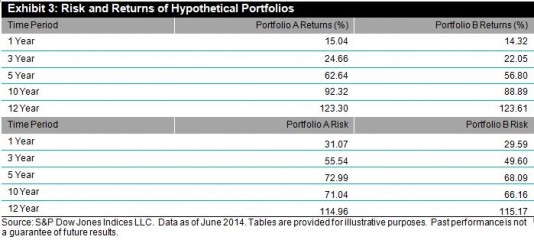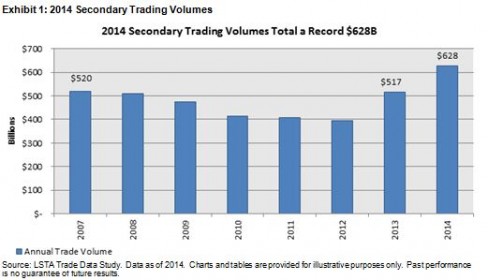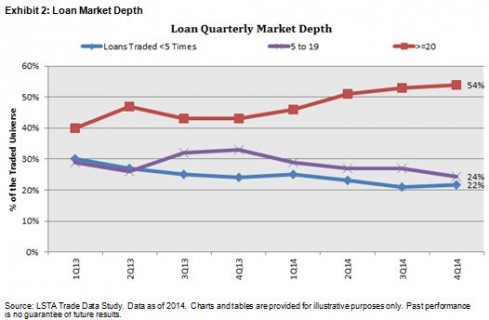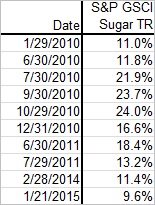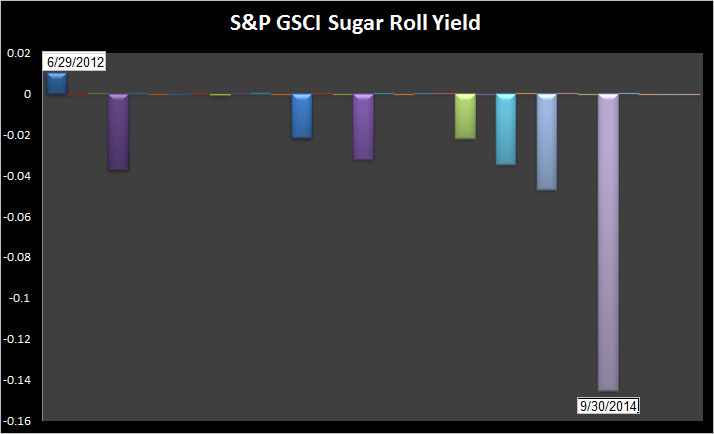In January 2015, the total return of the S&P 500 Index was -3.0%. We published this number last Friday evening, after January trading ended, and of course it’s been widely reported since then. It may therefore surprise you to learn that some investors in the S&P 500 reaped a total return of +4.0% in January.
In this case, there’s no magic needed to turn dross into gold; all the work is done by currency translation. European investors in the U.S. may have suffered the index’s -3.0% decline, but by holding assets in U.S. dollars rather than in Euros, they avoided the Euro’s -7.0% fall against the dollar. Translated back to their home currency, they therefore made 4.0% in January. Similarly, European investors in the S&P TOPIX 150 earned a total return of 9.8% — perhaps surprising their Japanese counterparts, who thought their local market was up by barely 0.2%. The same effect applies to any pair of relatively strong and relatively weak currencies. (Last month Canadian investors earned 0.6% in the S&P TSX 60. Americans who ventured north lost -8.1% as the greenback gained against the loonie.)
Other things equal, if the Euro continues to weaken relative to the dollar, European investors will be more attracted to U.S. investments than they would be otherwise, and similarly U.S. investors will have an incentive not to direct funds to Europe. Some have therefore argued that “the strong dollar will act like a magnet for global capital.”
Continued currency movements could have that effect. It’s important to remember, though, that to make this alchemy work, it’s not enough that the dollar be strong. The dollar must strengthen; changes in exchange rates (and other financial variables) are far more important than the level of those variables. That said, if the dollar continues to rise, American investors’ home bias will continue to be rewarded, and the U.S. will look increasingly attractive to their European and Canadian counterparts.
The posts on this blog are opinions, not advice. Please read our Disclaimers.












































